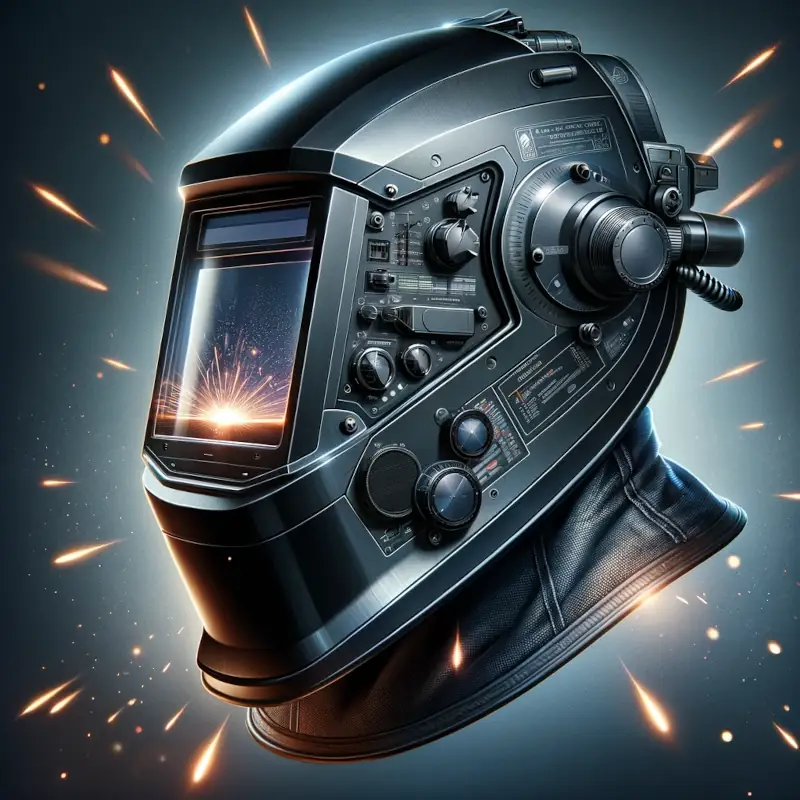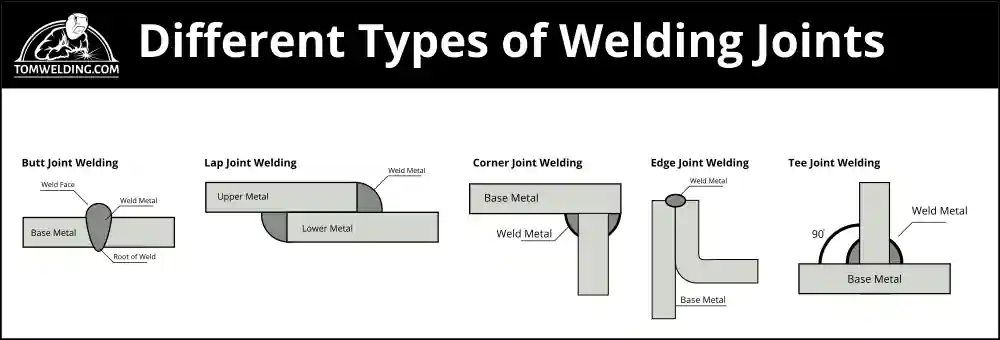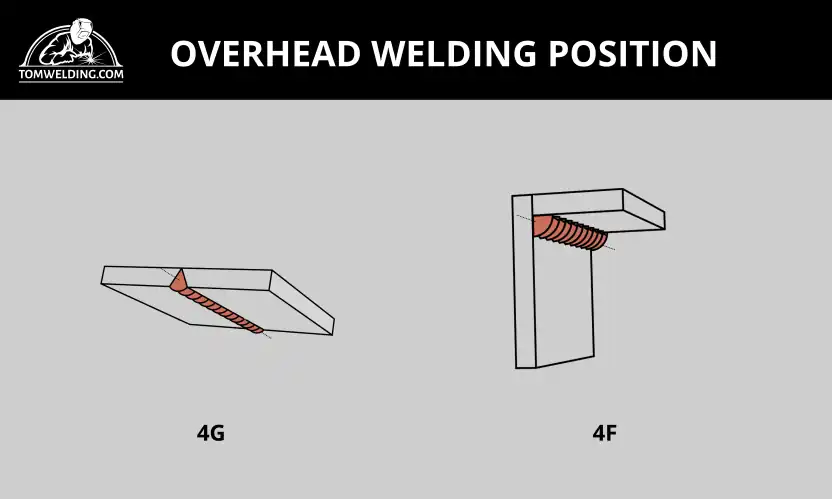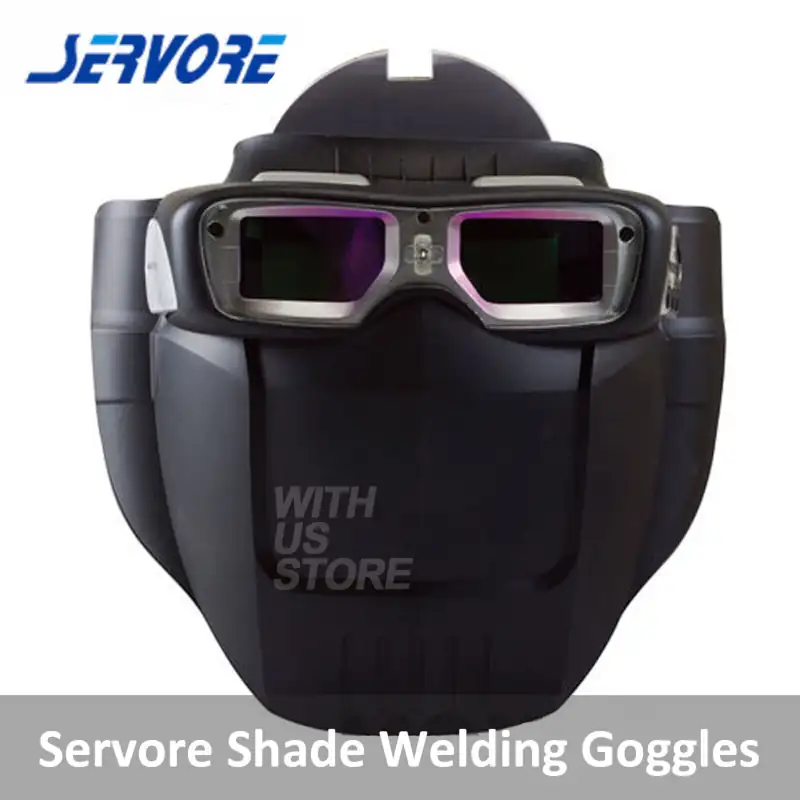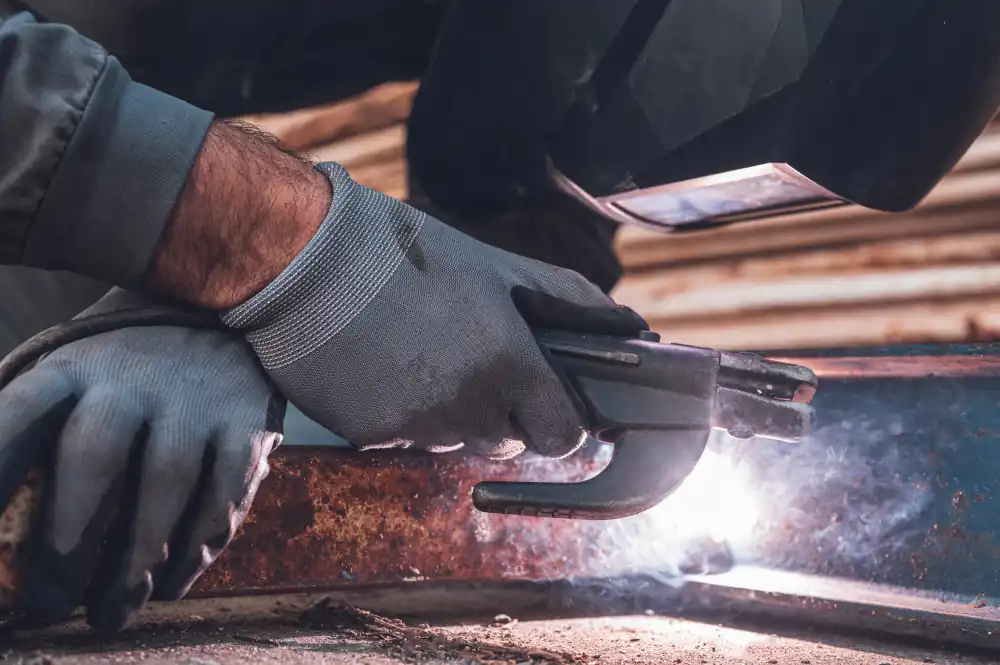Welding helmets are more than just protective gear. They are crucial tools that can significantly impact the quality of welds, the comfort of the welder, and overall safety.
As welding technology has advanced, so have the features of the helmets used in the process. Here’s an in-depth look into the essential features to consider when choosing a welding helmet.
Type of Welding Helmet
The type of welding helmet you choose is the foundation of your protection.
The “safety” aspect of a helmet type signifies how effectively it shields your eyes and face from the bright flare and harmful radiation of welding.
The “design” of the helmet plays a pivotal role in this. While some designs are traditional and straightforward, others incorporate cutting-edge technologies for enhanced protection and convenience.
Moreover, the “welding process” you are involved in might dictate the type of helmet you need. Some helmets are better suited for specific processes due to their reaction time and protective features.
Lastly, your “workshop” environment can also influence your choice. A helmet that’s ideal for outdoor welding might not be the best for an indoor, controlled environment.
Passive Welding Helmets
Rooted in “simplicity”, passive welding helmets offer a no-frills, effective solution for welders.
These helmets use a fixed “lens” that provides consistent shade and protection against harmful UV and IR rays. This means they’re reliable and always ready for action.
However, their constant shade means frequent “manual adjustments” during the welding process. Welders might need to lift the helmet to inspect the weld and lower it back for continued welding.
If you’re working at a dedicated “welding station” where you perform consistent, uninterrupted welding, passive helmets can be a practical choice.
Auto-darkening Welding Helmets
When you infuse the idea of “automation” into welding helmets, you get the auto-darkening variety. These helmets are a fusion of technology and convenience.
The “sensors” embedded in the helmet detect the start of the welding process and automatically darken the lens shade. This removes the need for constant manual adjustments.
These helmets are particularly effective during events that require “arc detection,” like starting a new weld. Auto-darkening helmets are versatile and can be particularly beneficial if you move between different “welding booths” or have variable light conditions.
Fixed Shade
“Stability” is the hallmark of fixed-shade helmets. They offer a consistent lens “shade number”, meaning the darkness or protective quality of the lens remains constant.
This can be advantageous for welders who work on a specific “welding process” consistently. When the arc is initiated at the “start of weld”, there’s no change in shade, providing stability in vision.
However, it might take a little getting used to, especially for those transitioning from variable-shade helmets.
Variable Shade
For those who prioritize “flexibility”, variable-shaded helmets are a godsend. These helmets adjust their shade based on the intensity of the welding arc.
“Digital controls” on some advanced helmets allow welders to preset their preferred shades and sensitivity, catering to multiple welding processes. This is particularly useful in scenarios with “arc intensity variation”, ensuring the welder always has the optimal shade for protection and clarity.
Power Source
Powering all the advanced features, especially in auto-darkening helmets, is the helmet’s “power source”. The “reliability” of this source is paramount to ensuring uninterrupted protection.
The choice of “battery”—whether replaceable, rechargeable, or solar-assisted—can influence the helmet’s performance and maintenance needs. “Charging” considerations, like how often a helmet needs recharging or if it has a solar assist feature, can play a crucial role in the helmet’s overall convenience and efficiency.
In conclusion, choosing a welding helmet is not a one-size-fits-all decision. It’s essential to consider all the features, from the type of helmet to its power source, to ensure optimal safety, convenience, and performance in your welding endeavors. Each welder’s needs are unique, and understanding these features will help you make an informed choice.

